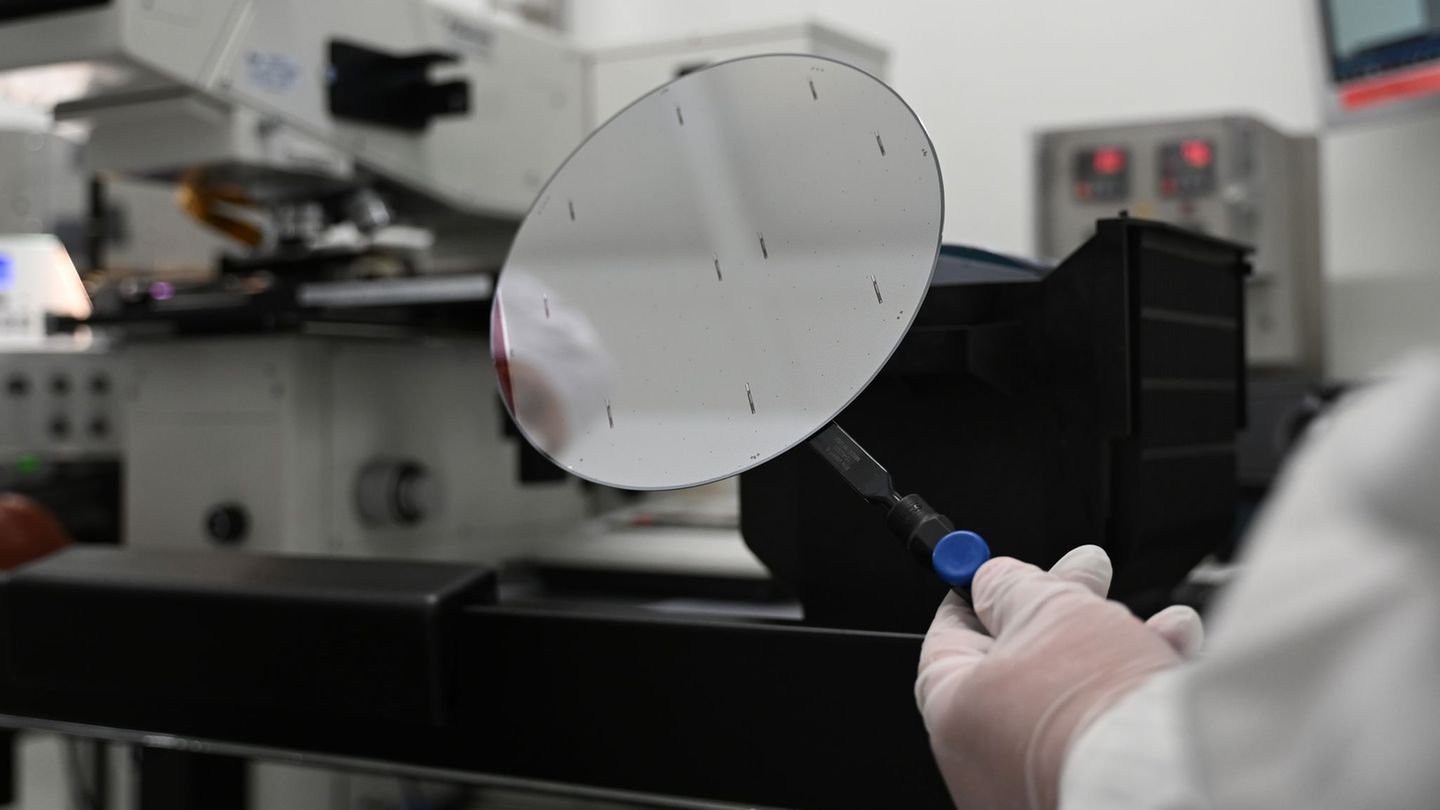Non-profit housing based on the housing subsidy system is in a “phase of erosion,” said Klaus Baringer, chairman of the Non-Profit Association (GBV) at the annual press conference on Tuesday: “The numbers speak for themselves.”
In 2023, non-profit organizations in Austria completed 14,900 apartments, around ten percent fewer than in the previous year (16,700). This year Baringer, who is the head of Vienna’s Gesiba, and deputy chairman Herwig Pernsteiner from the Innviertler ISG are expecting 14,100 apartments. And next year there will be a massive decline to 10,000 to 11,000 apartments – a good third less than in 2022.
Pernsteiner cited the main reasons as the increased interest rates, the high construction prices, the KIM regulation (stricter lending rules, which affects condominiums) and the still high land costs.
Baringer particularly criticized the fact that the federal states’ spending on housing subsidies amounted to almost three billion euros in 2014, but in 2022 it was less than 1.9 billion euros. He once again called for the housing subsidy contribution and loan repayments to be earmarked. This would allow non-profit organizations to take advantage of more low-interest housing subsidies instead of high-interest bank loans.
According to Pernsteiner, the rent cap recently set by the federal government costs nonprofits 690 million euros per year. It affects the maintenance and improvement contributions and the so-called phase-out rents. There is a lack of money for renovations, heating systems and new construction, says Baringer.
Upper Austria remains relatively stable
The housing package announced by the government with one billion euros for non-profit housing is an important first step, said Baringer. “But we won’t solve the problem with short-term, spontaneous measures; we have to get the system and the structure fit again.”
Detailed discussions are currently underway about how the billion in housing construction will be implemented, said Pernsteiner. It is still unclear whether, thanks to the additional apartments that can be built, the number of completions next year will be higher than 10,000 to 11,000.
The largest declines in completion between 2022 and 2025 are in Vienna, Lower Austria and Styria. Although completions in Upper Austria clearly fell from 2,640 to 2,070 last year, relatively stable 2030 is expected this year, and there should be no significant decline in 2025 either. In Upper Austria, as reported, the state has put together a package together with non-profit organizations that, among other things, provides for the property developers to use more of their own resources.
My themes
For your saved topics were
new articles found.
info By clicking on the icon you can add the keyword to your topics.
info
By clicking on the icon you open your “my topics” page. They have of 15 keywords saved and would have to remove keywords.
info By clicking on the icon you can remove the keyword from your topics.
Add the topic to your topics.
Source: Nachrichten




